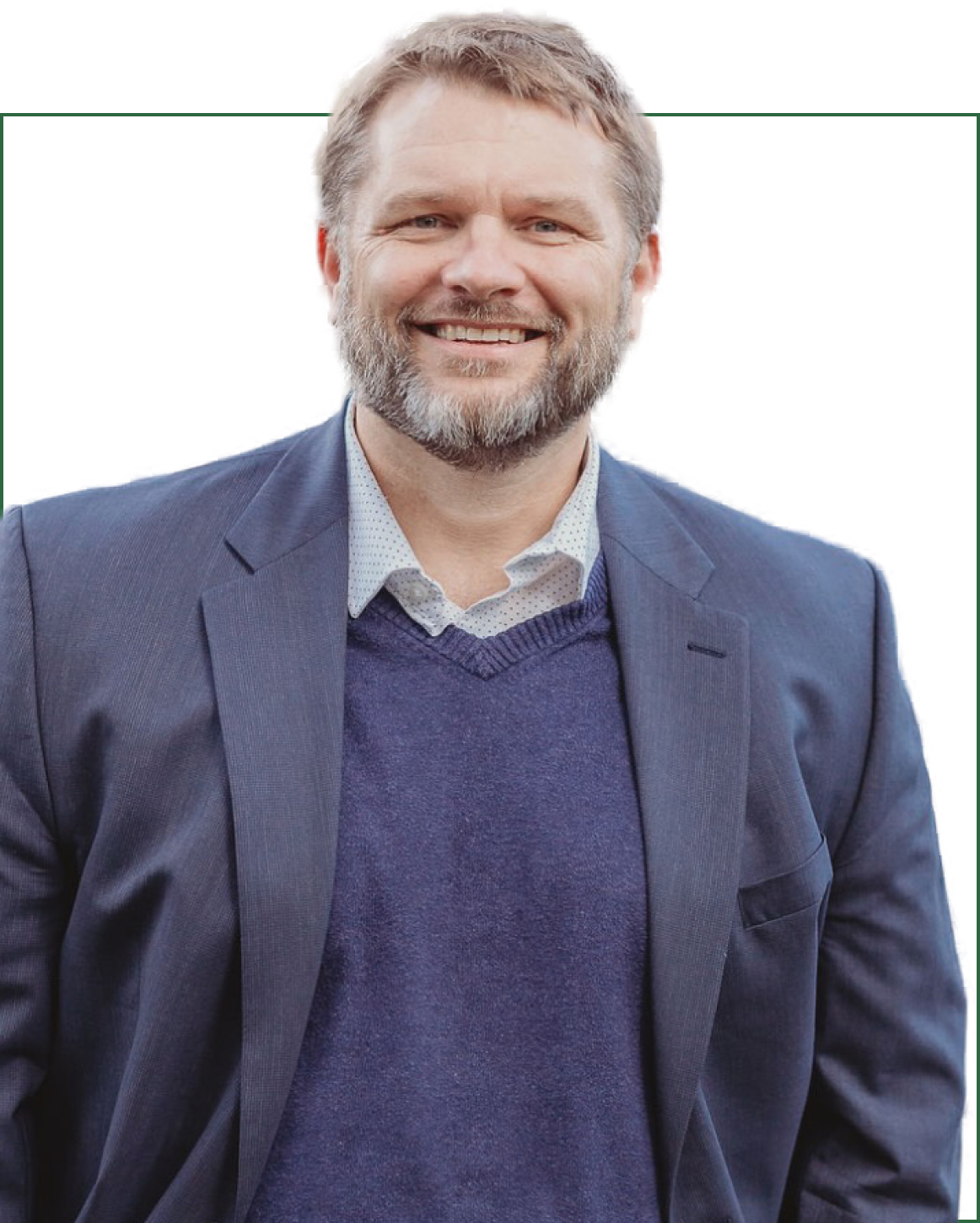It takes collaboration to help end ovarian cancer
The Outsmart Ovarian Cancer Collaborative encourages the free flow of information in real time. Our goal is to create a world free of ovarian cancer. The “TeamLab” approach involves world-renowned scientists and physicians from four of the top cancer programs in the world sharing valuable data for the greater good.

Our 3 core aims are to:
Improve

Improve our understanding of how precancer starts in the fallopian tubes.
Streamline

Streamline and improve the ability to diagnose fallopian tube precancers and enable their study in the laboratory.
Educate

Educate healthcare professionals and patients that bilateral salpingectomy is a way to reduce the risk of ovarian cancer.
The experts agree
By 2015, the American College of Obstetricians and Gynecologists (ACOG) and Society of Gynecologic Oncology (SGO) recommended removing both fallopian tubes (bilateral salpingectomy) at the time of another surgery in the pelvis, because it can reduce the risk of ovarian cancer. This recommendation is intended for people who do not have a genetic risk for ovarian cancer.
The Outsmart Ovarian Cancer Collaborative was formed to help translate this recommendation into a standard of care available to all people. The Collaborative is dedicated to public health education and advocacy to ensure that all people know about and can choose salpingectomy for ovarian cancer prevention.
This effort has the potential to save thousands of lives from ovarian cancer every year.
Stopping ovarian cancer is our life's work
The goal of the Outsmart Ovarian Cancer Collaborative is to transform these recommendations into a life-saving standard of care for ovarian prevention.





Meet the Leads of the Outsmart Ovarian Cancer Collaborative













Dominick Shattuck, PhD
Research Associate
Johns Hopkins Medicine, Bloomberg School of Public Health

Outsmart Ovarian Cancer Collaborative plans on progress
Our major goals are to help prevent ovarian cancer for patients who face a 1-2% lifetime risk for developing ovarian cancer and to diagnose and intercept ovarian cancer at its earliest stages. Here’s how:
Establishing Bilateral Salpingectomy as Standard of Care
Support the removal of fallopian tubes to prevent ovarian cancer during abdominal surgery for women who are done having children and already having elective abdominal surgeries.
Educate people on bilateral salpingectomy as an alternative to tubal ligation for birth control.
Increasing Awareness
Spread the word about the discovery that most ovarian cancer starts in the fallopian tube. Help establish bilateral salpingectomy as a key approach to reducing the risk of ovarian cancer.
Partnering
Educate surgeons who perform procedures in the abdomen and pelvis about bilateral salpingectomy.
Contribute to national guidelines for ovarian cancer prevention.
Expanding Access
Increase availability of bilateral salpingectomy to the many women having elective abdominal surgery every year.
Advocate for universal insurance coverage for bilateral salpingectomy.
Improving Understanding
Track the impact of salpingectomy on ovarian cancer incidence and mortality in the United States. Uncover how precancer starts in the fallopian tubes.
Creating New Approaches
Our focus is on advancing techniques for diagnosing precancers in the fallopian tubes. This is known as serous tubal intraepithelial carcinoma (STIC). Our focus includes:
- developing new biomarkers
- validating methods for early detection and screening
- creating cutting-edge technologies to identify and analyze precancers effectively
